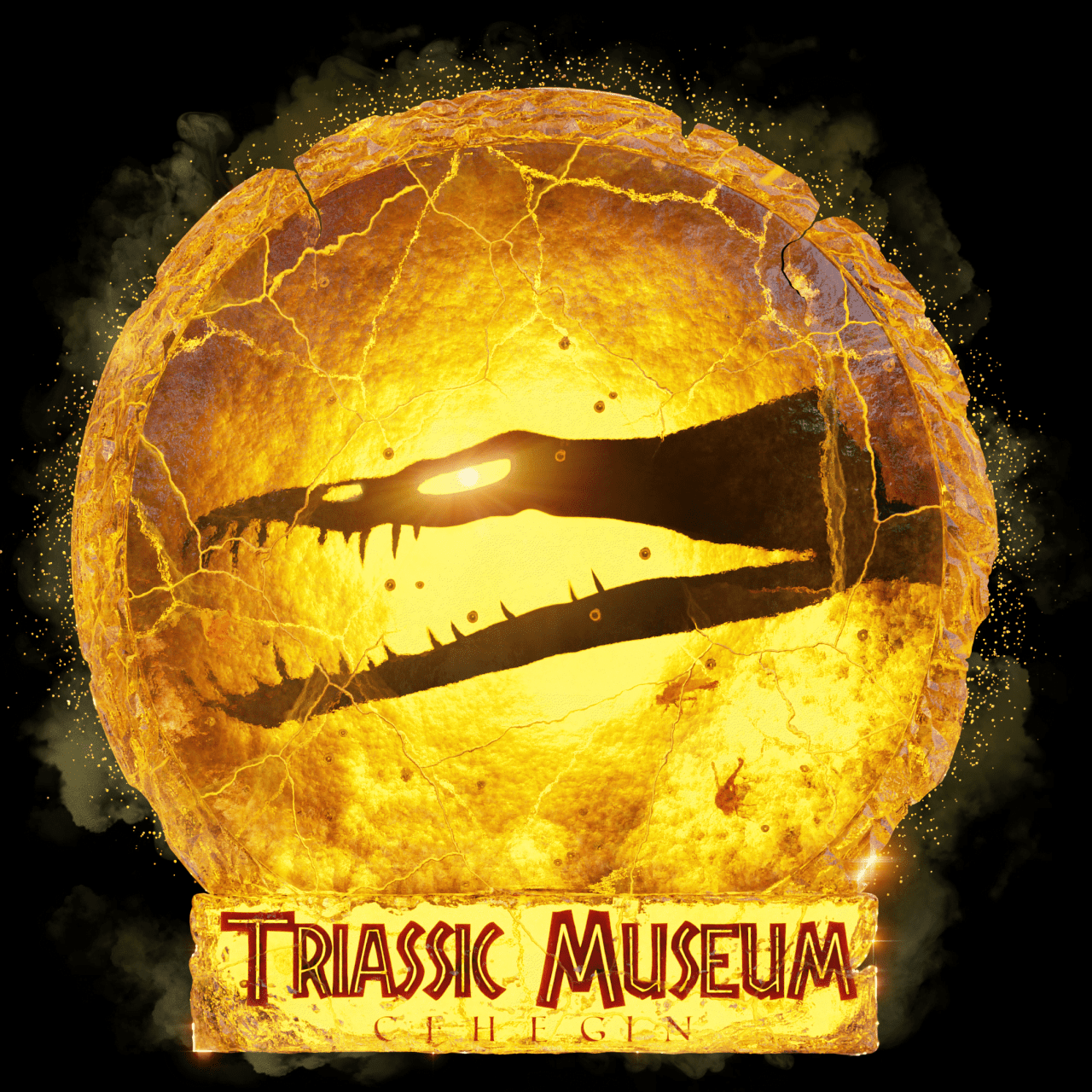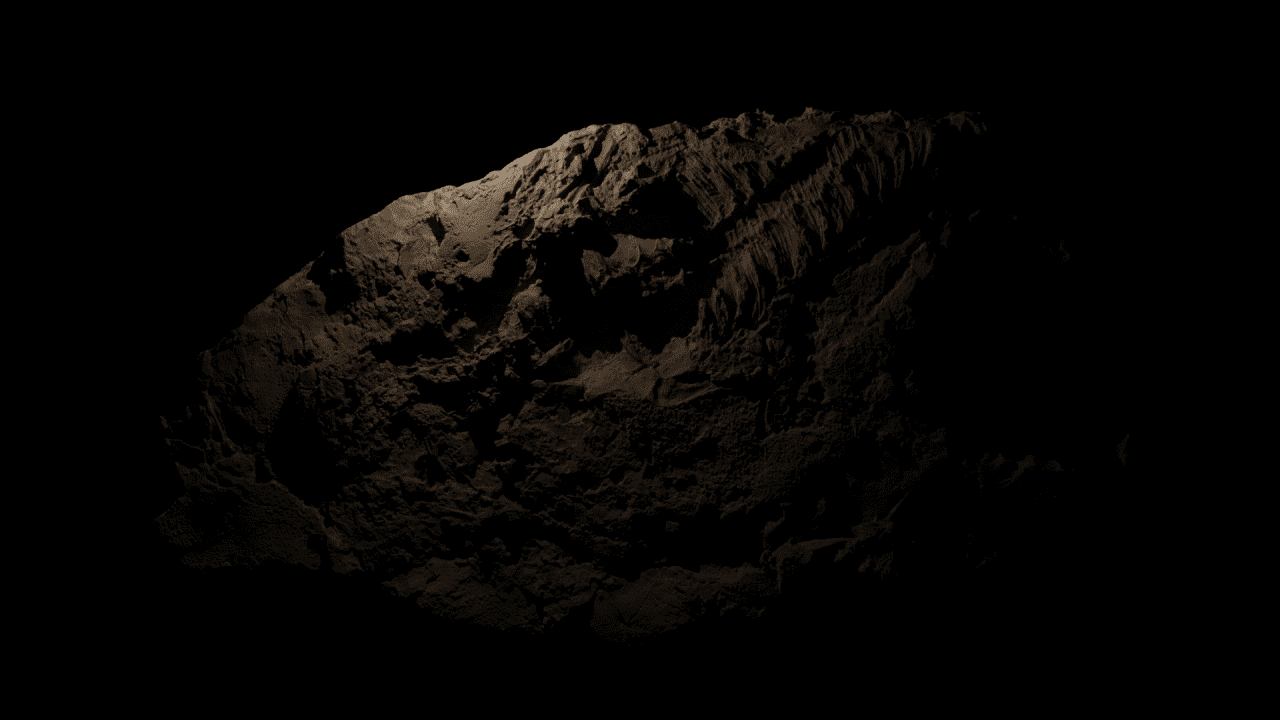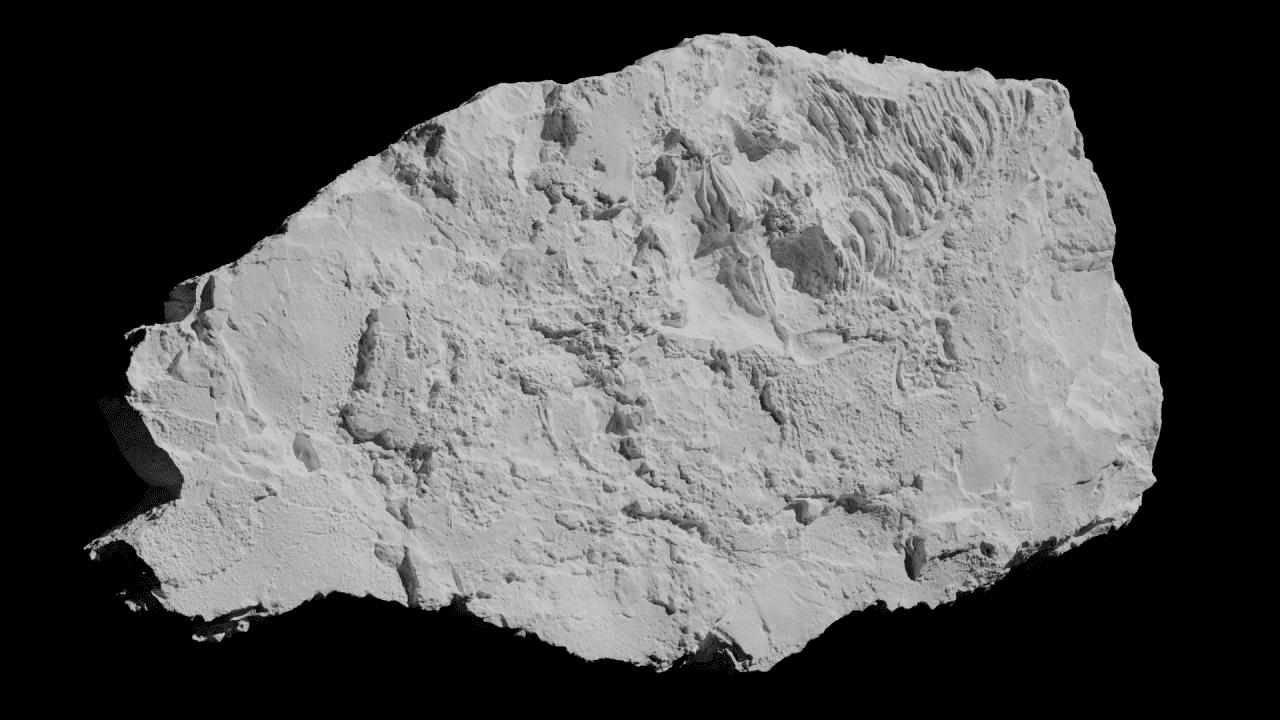 Digital Heritage
Digital Heritage
Have you ever wondered what a Lariosaurus from the Triassic period looked like? Today we’ll tell you all about the exciting plan for 3D virtualization and reconstruction of the Lariosaurus fossil found in Cehegín, Murcia. This project combines the most advanced techniques for virtualizing paleontological heritage, using photogrammetry and 3D printing. Keep reading and discover how this fascinating marine reptile “comes to life”.

Tabla de Contenidos

The discovery of the Lariosaurus fossil in Cehegín
The exceptional discovery of this fossil took place on the historic wall of the town of Cehegín, in the Murcia region, a picturesque town near Caravaca de la Cruz that boasts an impressive geological and paleontological richness. It is an enigmatic sauropterygian specimen over 40 cm long, found in two fragments of carbonate dolomitic rock from the Muschelkalk formation (Berrocal-Casero et al., 2023). These fossilized remains are invaluable witnesses to the fascinating and rich paleontological history that the region of Murcia treasures.


Musealization and dissemination
The director of the Archaeological Museum of Cehegín, Francisco Manuel Peñalver Aroca, has consistently shown a strong commitment to the valorization of the paleontological heritage of the locality. Just over a decade ago, two new rooms dedicated to paleontology were opened, housing hundreds of pieces among which the fossil on which our intervention is based occupies a privileged place. At the same time, cycles of conferences on the historical, geological, and paleontological heritage have been developed, such as the one that Dr. Melani Berocal Casero will give next Friday, May 5, 2023, in relation to the recent study published in the journal Lethaia.
The digitalization process through photogrammetry.
The first phase of the Cehegín lariosaurio fossil virtualization project began with the application of photogrammetric documentation method. This technique involves taking a series of photographs from different angles and heights, which are then processed through specialized software to generate a high-resolution 3D model of the object. The creation of the three-dimensional model of the fossil enables a detailed analysis to plan the virtual reconstruction based on the research conducted by experts in the field.
3D Printing and Tactile Exhibition
Once the virtual reconstruction was completed, a series of specific cleaning and optimization processes were carried out to virtually display the piece and materialize the 3D model through FDM (Fused Deposition Modeling) printing technology using biodegradable PLA filament material. The three-dimensional object was divided into 6 detachable pieces, joined by 20 bolts to reduce printing time and transport volume, and then each fragment was configured with specific software for lamination to obtain a faithful and detailed replica of the Cehegín lariosaur fossil. This will serve as a mold to obtain new reproductions that will allow, among other purposes:
- Restore a copy of the fossilized remains to their original location: the medieval wall, favoring their integration into geological-monumental routes.
- Promote accessibility to this museum piece through a tiflológica exhibition of an exact replica, adapted to be appreciated and manipulated by visually impaired people, children, and curious visitors.
The final result is a set of pieces of great didactic and scientific value, one of which will be exhibited on the wall and the other next to the original in the paleontology room of Museo Arqueológico de Cehegín.
Virtual Reconstruction of the Lariosaurus
The next phase of the project takes the photogrammetric model as a reference to approach a reconstruction of the specimen in relation to the imprint of its bone structure. As virtual heritage specialists, we are faced with the challenge of hypothesizing, based on scientific data, about the original appearance of the Lariosaurus. To achieve this, we study the anatomy and morphology of other similar marine reptiles, taking scientific studies as a reference, and use this information to complete the missing or damaged parts of the fossil. This is the process we are developing to approach the virtual recreation of the Lariosaurus as it would have been in life millions of years ago.
We will soon present the results of our work. Subscribe to our newsletter and don’t miss the opportunity to learn more about this fascinating marine reptile that inhabited our planet millions of years ago!
3D Technology for Heritage Communication
The project of virtualization and reconstruction of the Triassic period Lariosaur fossil from Cehegín is a perfect example of how new technologies are transforming the study and dissemination of paleontological heritage. Thanks to photogrammetry, virtual reconstruction, and 3D printing, experts can analyze, preserve, and share fossils and other paleontological remains in a more efficient and accessible way. It also demonstrates the importance of scientific dissemination and the need to bring heritage closer to all types of audiences. The tiflographic exhibition, in particular, allows people with visual disabilities to enjoy and learn from this valuable testimony of the natural history of our region.
This is just the beginning of what the application of new technologies to the study and enhancement of heritage resources holds for us. Its inexorable progress will lead us to discover new forms of exploitation, hitherto unimaginable, with which we can share more aspects of our prehistoric past and enrich our knowledge about life on Earth millions of years ago.
References
Berrocal-Casero, M., Pérez-Valera, J. A., Reolid, M., De Gea, G., Espín De Gea, A., Peñalver Aroca, F. M., & Pérez-Valera, F. (2023). An articulated sauropterygian marine reptile from the Middle Triassic of the South-Iberian Palaeomargin, Betic Cordillera, Southeastern Spain. Lethaia, 56(1), 1-14. https://doi.org/10.18261/let.56.1.4